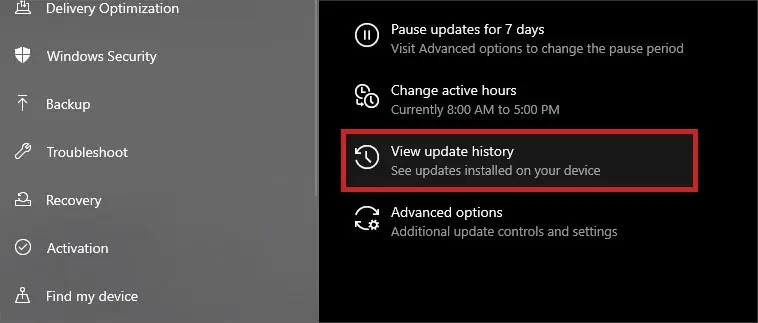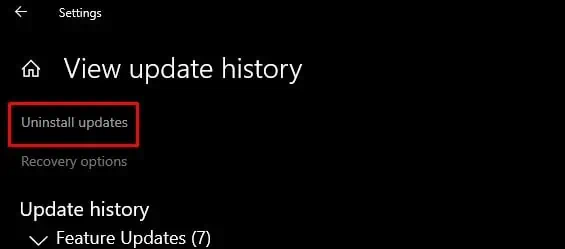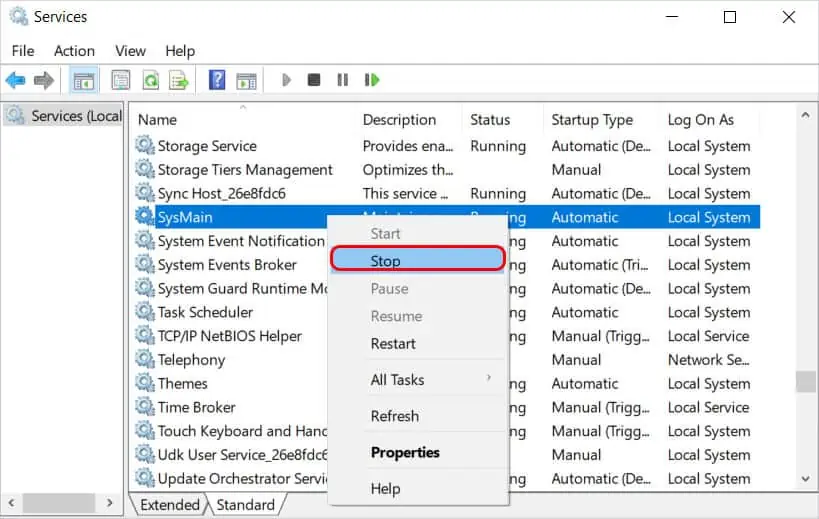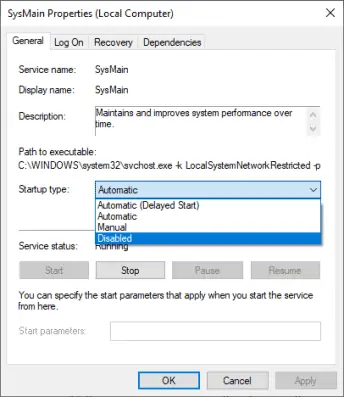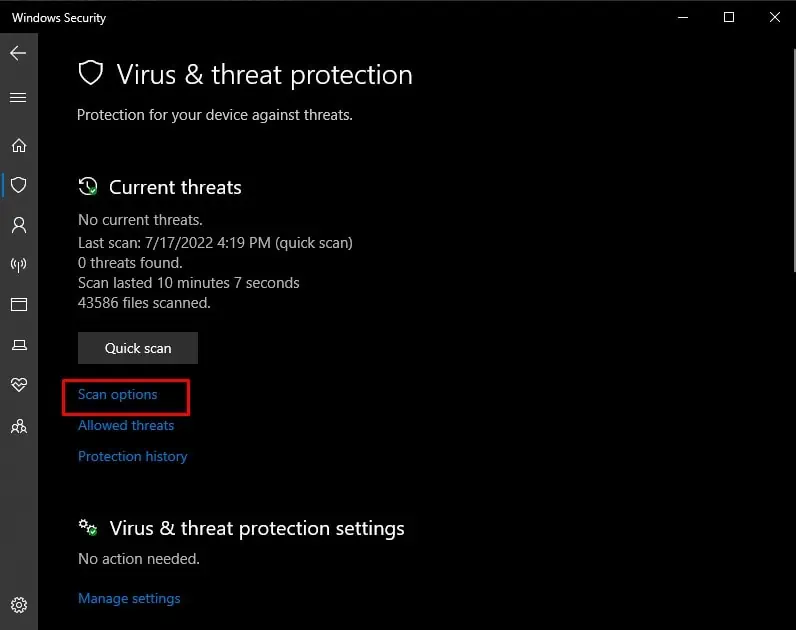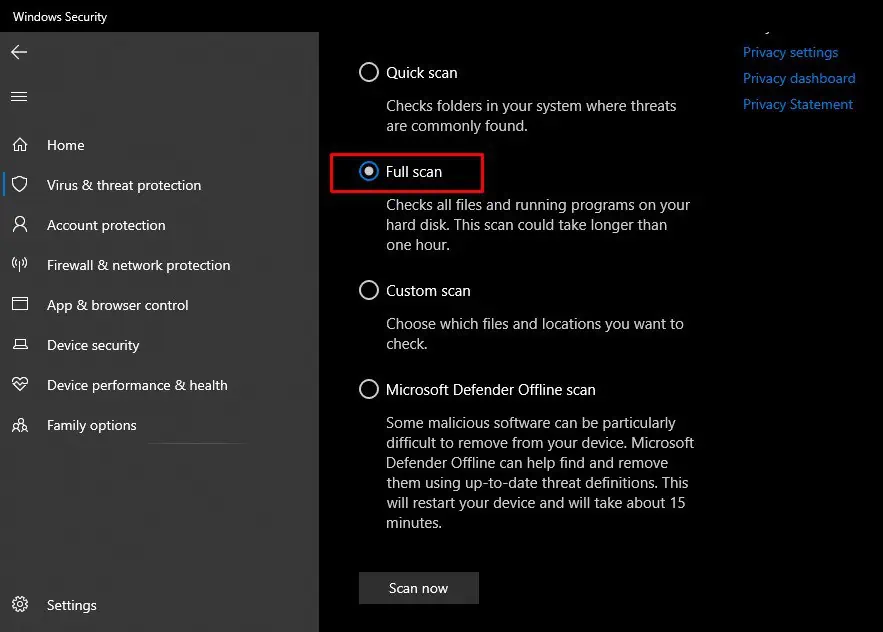Microsoft Windows System Protection Background Tasks, also calledSrTasks.exe, is used for creating system restore points by the Windows Task Scheduler. However, this important Windows service can also hog up your system resources.
System Protection Background Task having insanely high CPU and Disk usage is a common issue in Windows 8 and 10. Furthermore, you cannot even end the task through normal means, andSrTasks.exegets stuck with high CPU and Disk usage.
![]()
In this article, we have listed the cause and fixes for System Protection Background Task having high CPU and Disk usage.
Why Does Srtasks.exe Hog All System Resources?
How to Fix Microsoft Windows System Protection Background Tasks Having High CPU and Disk Usage?
Fixing System Protection Background Tasks using high CPU and disk space can be very easy and relatively hard, depending on what is causing the issue.
Before jumping into any other troubleshooting methods, make sure to restart your PC first. Follow along and try the different fixes to see which one works for you.
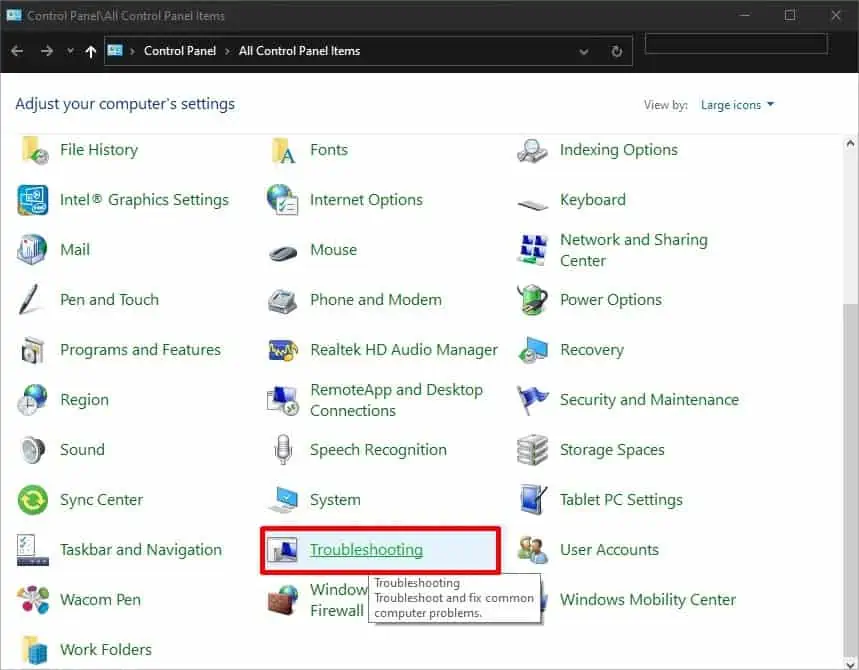
Run Performance Troubleshooter
Windows has a built-in Performance troubleshooter to check and fix any issues that might lower your PC’s speed. We know the cause; System Protection Background Tasks use high CPU and disk space. So, you just have torun the Performance troubleshooterto fix this issue automatically.
Here’s how to run the Windows Performance troubleshooter.
Disable System Restore
Task schedulers use System Protection Background Tasks to make a system restore point. While theSrTasks.exeisn’t supposed to hog so many system resources, bugs and errors can cause it to malfunction.
Nonetheless, disabling system restores altogether stops the function of SrTasks. While doing this will solve your issue, you won’t be able toperform a system restorein the future. System restore is essential to troubleshooting other Windows errors, and you should consider it before trying out this fix.
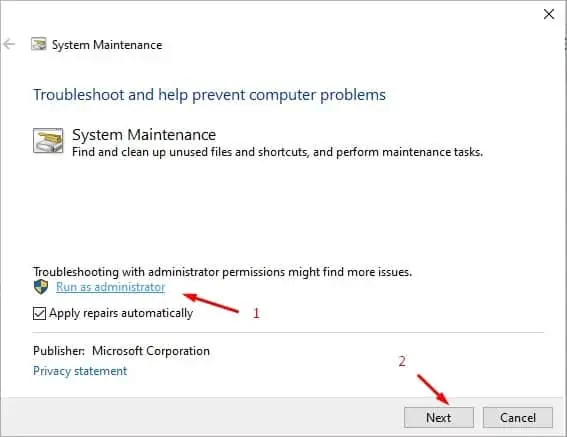
To disable system restore, follow the steps below.
Update or Roll back Windows OS
Most users experienced this issue after aWindows update. While the newer updates have the bug fixed, some users still experience this issue after updating their windows. In this case, you’re able to either update to the latest version or uninstall recent updates.
Here’s how you can update your Windows OS.
Here’s how to uninstall recent Windows updates.
Furthermore, if the issue started after upgrading your Windows version, you may downgrade to your previous version.
Disable Superfetch
Disabling Superfetch can also help solve this error. Superfetch pre-loads all the apps you use frequently, which could cause System Protection Background Tasks touse high CPU and Disk space. It can be because Superfetch is malfunctioning, or it thinks you use SrTasks frequently.
To disable superfetch, follow the steps below.
Check for Viruses & Malware
Malware and viruses can also disguise themselves as Windows system processes and cause harm to your computer. If SrTasks uses too much CPU and Disk space, check if the process has any typos. A virus or malware usually has typos to disguise as a system process while still being named differently.
Here’s how to check ifSrTasks.exeis a virus or not.
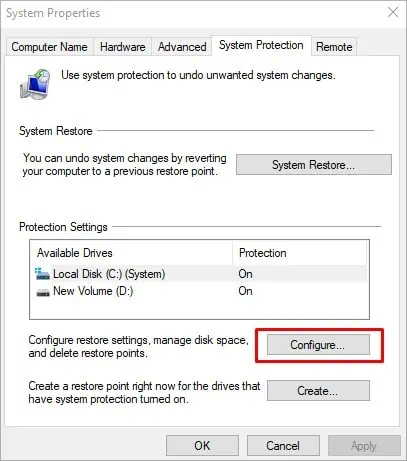
If the SrTasks process is in theC:/Windows/System 32directory, it is a legit system process. If the SrTasks process is not in System 32, it is probably a virus or malware.
However, please don’t rush to delete the virus. You should run your antivirus and let the antivirus handle it. Here’s how you canrun the built-in Windows antivirus, Virus & threat protection.
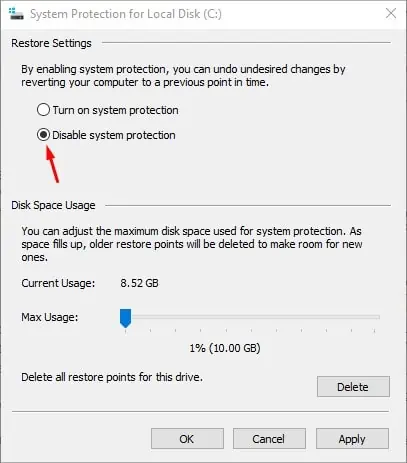
Run the CHKDSK Command
System Protection Background Tasks use a specified amount of disk space to create system restore points. However, if the disk space assigned to SrTasks becomes defective (damaged disk sector where the system cannot read or write), the SrTasks can get stuck trying to create a new system restore point there. It causes SrTasks to use high disk space and lag your PC.
TheCHKDSK commandchecks and fixes any issues like the bad disk sector and stops SrTasks from trying to keep writing in the corrupt sector.
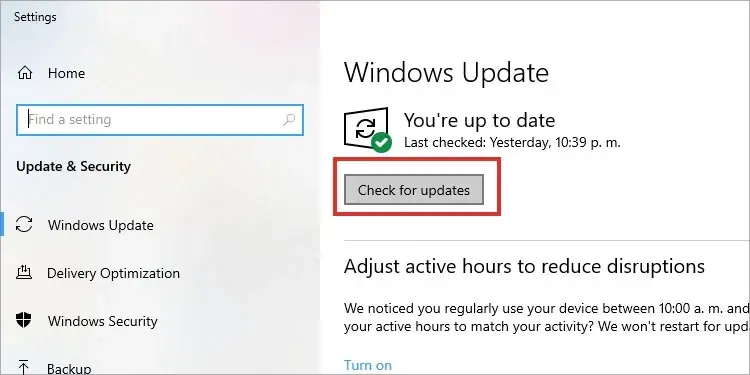
Follow the steps below to run the CHKDSK command.
Run in Safe Mode and Clean Boot
Safe mode starts the PC with a minimal number of drivers and files to troubleshoot if any program is interfering and causing the errors. If any programs are conflicting with SrTasks and causing this issue, you can check with safe mode and identify the program with Clean boot.
Here’s how torun in Safe mode:
If your System Protection Background Tasks staynormal in Safe mode, a different program is likely interfering with it to cause the error. you may locate the misbehaving program with a Clean boot.
Then perform a clean boot following the steps below.
Enable the services and program one by one to pinpoint which software is causing the error and disable that software. You can enable the services and programs in groups to efficiently sort it out.
